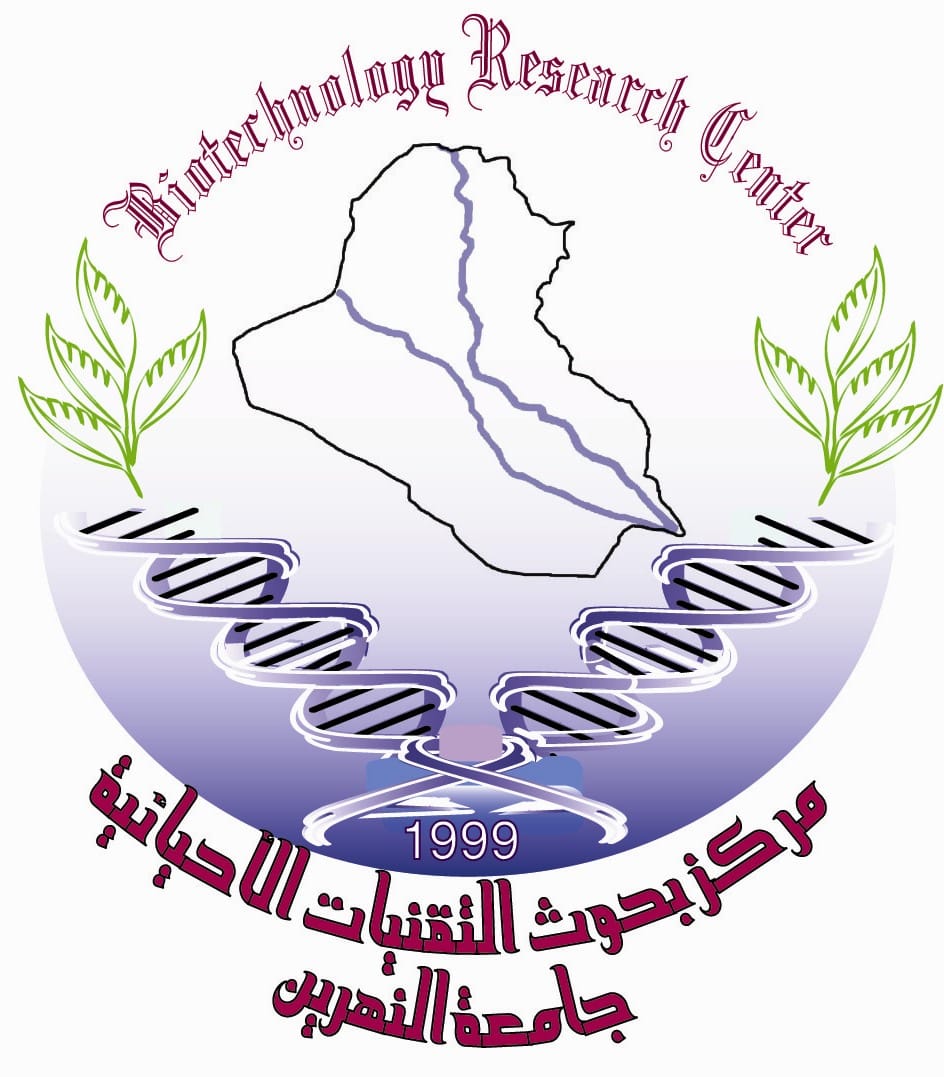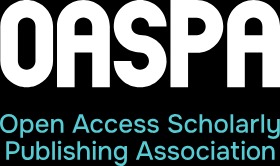Genetic Variation of Sinorhizobium meliloti Isolates Differing in Their Ability to Drought Tolerance
DOI:
https://doi.org/10.24126/jobrc.2015.9.2.427Keywords:
Sinorhizobium meliloti, RAPD, drought, genetic diversityAbstract
Soil bacteria Sinorhizobium meliloti had enormous agricultural value, due to their ability in
fixing nitrogen symbiotically with an important forage crop legume- alfalfa. The aim of this
study (i) isolate indigenous S. meliloti from different field sites in Iraq, (ii) evaluate the isolates
tolerance to induce drought using polyethylene glycol-6000, (iii) assessing genetic diversity and
genetic relationships among isolates of natural population with drought tolerant abilities.
Drought tolerance study revealed vast variations between Sinorhizobium isolates, the highest
tolerant isolates to drought were twelve from total thirty 40%, tolerated from -3 up to -4 Mpa
(mega pascal), while the drought sensitive isolates tolerated upto – 1.5 Mpa, except isolate Bs58
which tolerated upto -1 Mpa water potential. The growth declined with the increase of drought
stress. Cluster analysis based on RAPD-PCR showed significant differences among S. meliloti
isolates, and the results gave almost identical grouping of isolates in regards to drought
experiment. Among indigenous isolates two divergent groups could be determined, the first major
group included drought tolerant isolates and the second major group comprised all drought
moderate and sensitive isolates with 40% similarity between the two major groups.
Downloads
Published
How to Cite
Issue
Section
License
This is an Open Access article distributed under the terms of the creative commons Attribution (CC BY) 4.0 license which permits unrestricted use, distribution, and reproduction in any medium or format, and to alter, transform, or build upon the material, including for commercial use, providing the original author is credited.











